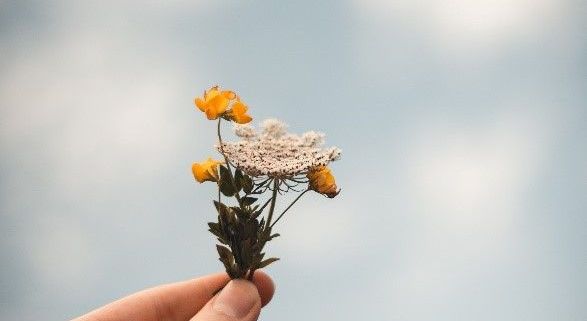Edible Flowers

Most of the edible flowers are best eaten raw — simply pick and rinse with water. Flowers will taste and look their best right after they’ve opened, rather than after they’ve been open for a couple of days.
These are only two essential items to know about edible flowers: first, not every flower is edible. In reality, certain flowers might be poisonous. So stick with the flowers in the list below, or do enough research to ensure your safety. The second measure is to stop bulbs that could have been treated with an insecticide, fungicide or herbicide. Make sure to exclude the lions from the list because you have an indoor garden.
For flowers that look good as well as taste good, consider some of the following:
Alliums.
- Chives, leeks and garlic are all delicious in green salads, potato and pasta salads and dips. Remove the central stem from the flower cluster to release the separate florets.
Nasturtiums.
- Blossoms have a peppery flavor like watercress. All colors and varieties are tasty in salads or as garnishes. Leaves can be eaten, too.
Marigolds.
- Use the tiny flowers of signet marigolds, such as Lemon Gem and Tangerine Gem. Their blossoms have a citrus taste.
Pansies and Johnny jump-ups.
- These flowers have a wintergreen flavor and are pretty on cakes and other desserts. Glaze with warmed jelly for a jeweled look.
Calendula.
- Quick and abundant edible flower, simple to produce from seed right in the yard. Separate the petals from the middle of the flower and scatter the petals in the salads. The colour varies from pure yellow to orange and red. Cut expended flowers and the plants can bloom regularly from early summer to late fall.
Anise hyssop.
- If you like anise, this is the edible flower for you. Separate the florets and add them to sweet or savory dishes. Or use the full flowers to garnish a cheese plate.
Honeysuckle.
- The blossoms make a pretty addition to salads. Don’t use the berries; they’re poisonous.
Chamomile.
- English chamomile has small, daisy-like flowers with an apple-like flavor. If you’re allergic to ragweed, you might want to avoid chamomile.
Daylily.
- Daylily buds and flowers taste a bit like asparagus. They can be used as a garnish, or can be stuffed or made into fritters. Good in stir-frys, too.
Mint.
- Like bee balm, all flowers of the mint family are edible and have a pleasant taste. Try lemon balm or spearmint in iced tea.




